Research progress of B4C-TiB2 composite ceramic materials(1)
As an important structural ceramic material, boron carbide (B4C) has the characteristics of high hardness, low density, high temperature resistance, wear resistance and excellent neutron absorption capacity. It is widely used in wear-resistant devices, bulletproof armor, aerospace and other fields. Nuclear industry and other fields . However, due to the strong covalent bonds of B4C increasing the slip resistance of grain boundaries, the formation of lower surface tension and low diffusion coefficient make B4C extremely difficult to sinter and densify. In addition, although B4C possesses high hardness (35.0 GPa), the high covalent bond density also leads to low fracture toughness (~2.20 MPa m1/2), which greatly limits the application of B4C as an excellent ceramic material . Therefore, improving the low toughness of B4C, achieving a balance between hardness and toughness, and obtaining B4C with both high hardness and high toughness has always been a hot topic of scientific research, and it is also of great significance for the wide application of B4C.
In order to overcome the inherent defects of B4C, the introduction of second phase particles to form B4C-based multiphase materials is an effective means to improve the toughness of materials. This is because the stress toughening mechanism and crack deflection mechanism caused by the mismatch between the thermal expansion coefficients of the matrix phase and the second phase can effectively improve the fracture toughness of B4C. In general, the introduction of metal elements as second-phase particles in B4C can effectively improve the toughness of B4C. However, the mechanical properties of metal elements are poor, which seriously affects the intrinsic mechanical properties of B4C. Compared with the pure metal second phase, transition metal borides (TMBs) can significantly improve the toughness of B4C due to their excellent mechanical properties and the stress toughening mechanism due to the huge difference in thermal expansion coefficient with B4C. The multiphase system (B4C-TMBs) has attracted much attention.
Among the transition metal borides, TiB2 is one of the materials with extremely high hardness, and its hardness can reach 26.0 GPa, which is higher than other TMB2 such as ZrB2 (15.0 GPa), CrB2 (16.0 GPa) and OsB2 (21.6 GPa). Therefore, the choice of TiB2 and B4C composite helps to maintain the high hardness of the composite material. In addition, TiB2 has a higher thermal expansion coefficient of 8.1×10-6/K-1, which is also better than ZrB2 (5.7×10-6/K-1), TaB2 (5.1×10-6/K-1) and HfB2 ( 6.9×10-6/K-1) and other TMB2[29], the stress toughening mechanism caused by thermal expansion mismatch is more obvious. In addition, TiB2 has similar conductive properties to metallic copper (10-8Ω·m), which not only enables the multiphase material to meet the requirements of EDM and reduces the processing cost, but also is of great significance for the future development of new and excellent conductive B4C materials. B4C-TiB2 multiphase ceramic material not only has the high hardness of B4C, but also has the high toughness and conductivity of TiB2. It is a multiphase ceramic material with great application prospects.
.jpg)

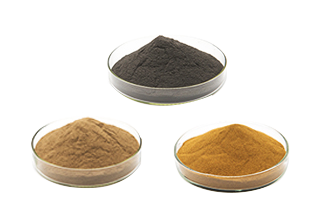
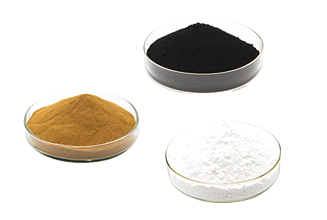
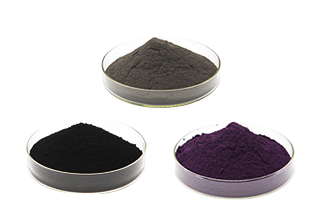
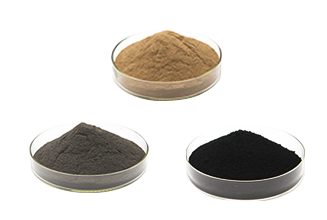
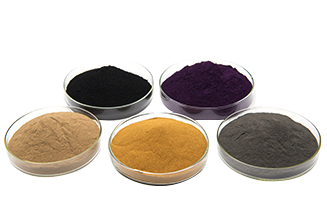
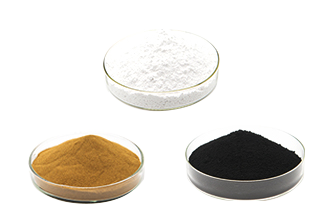
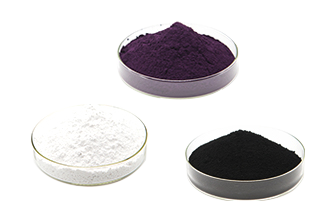



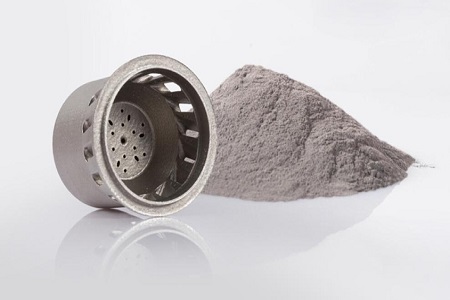
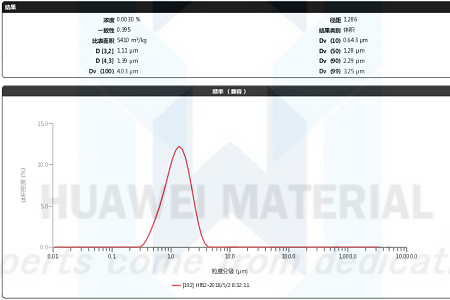
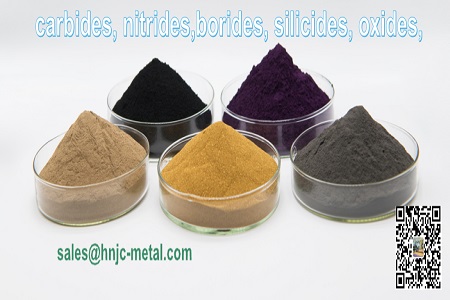
.png)
